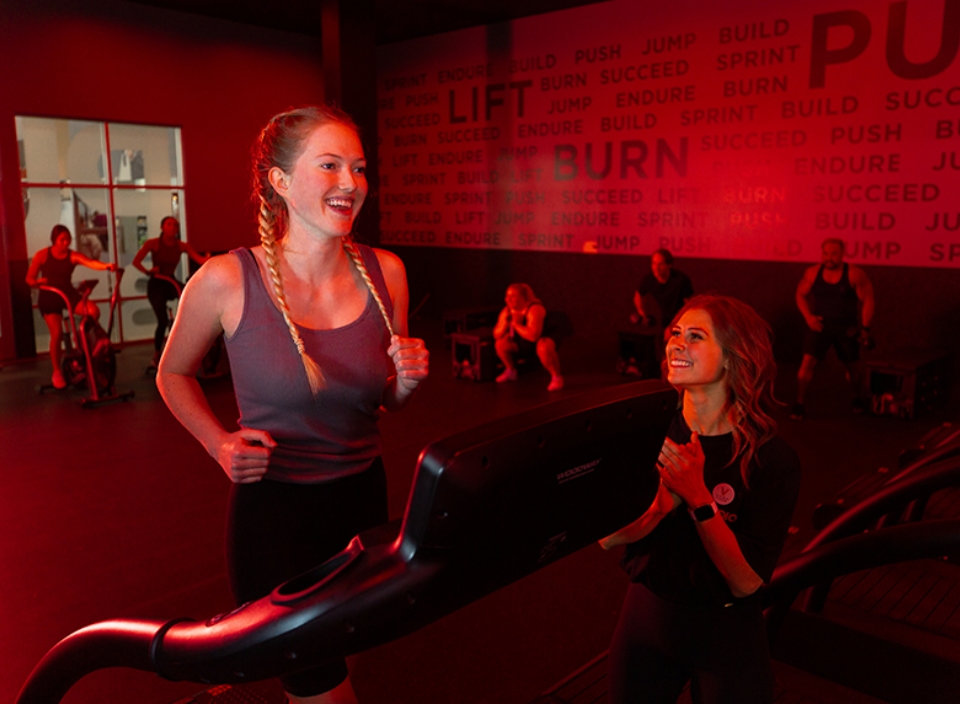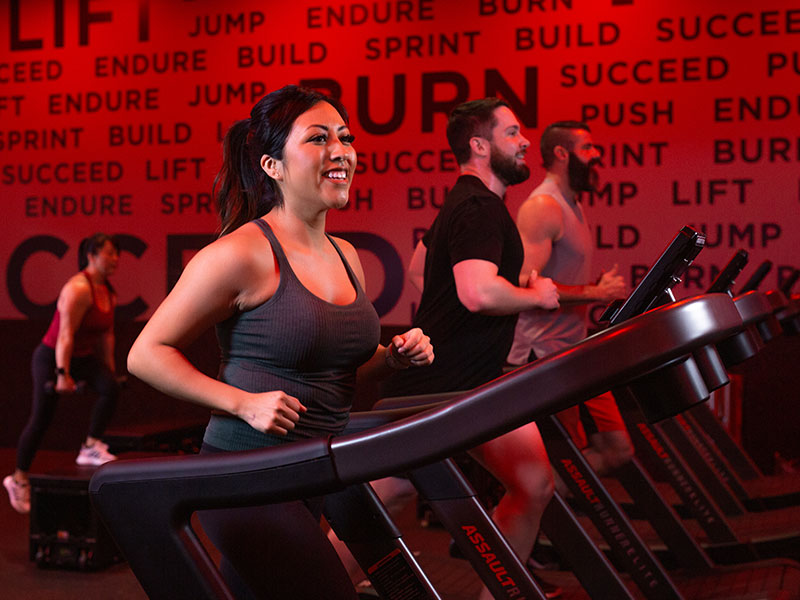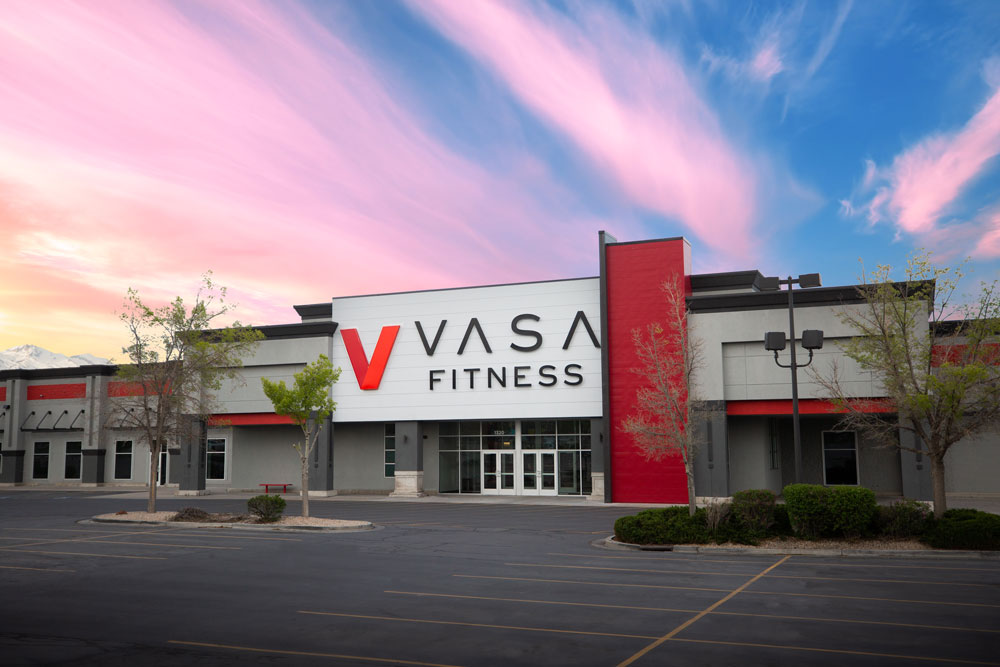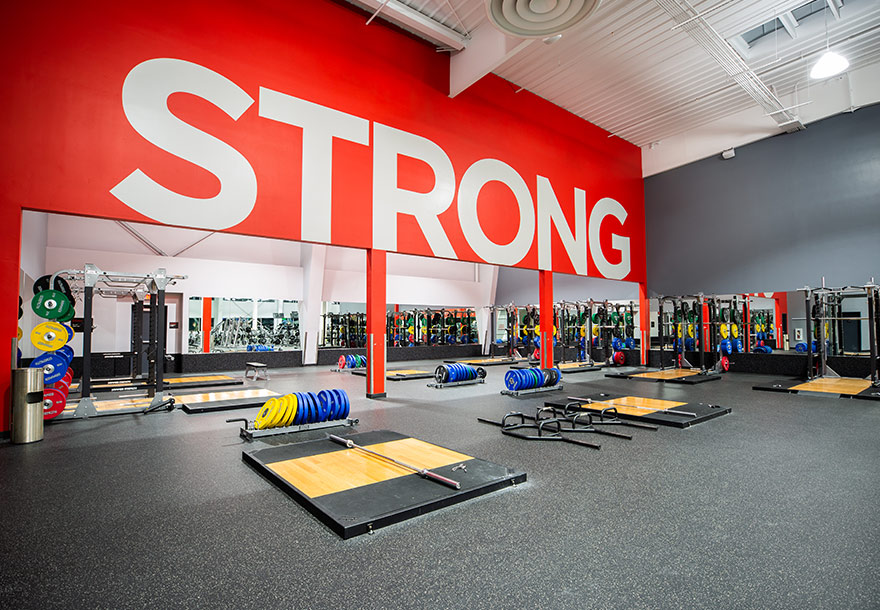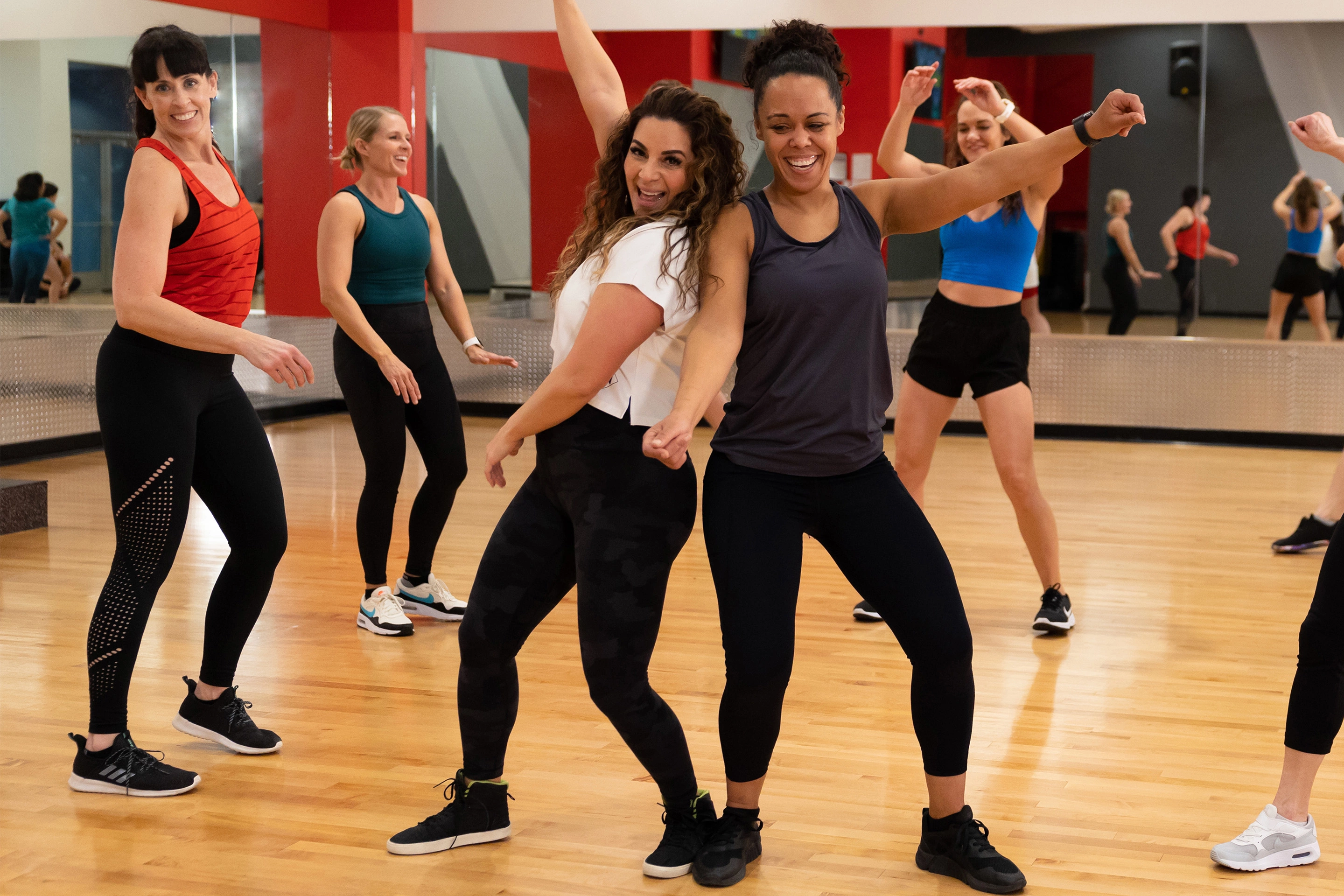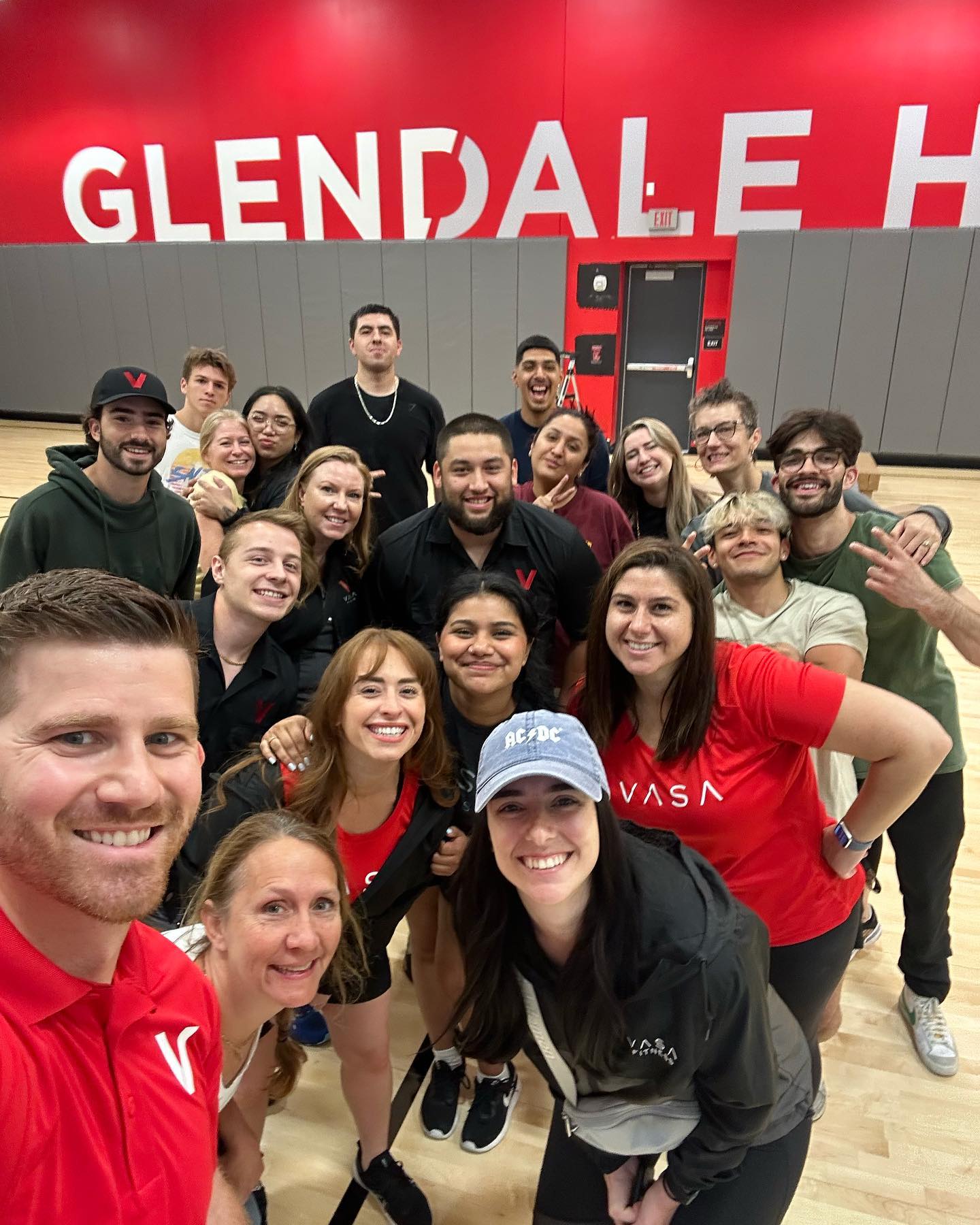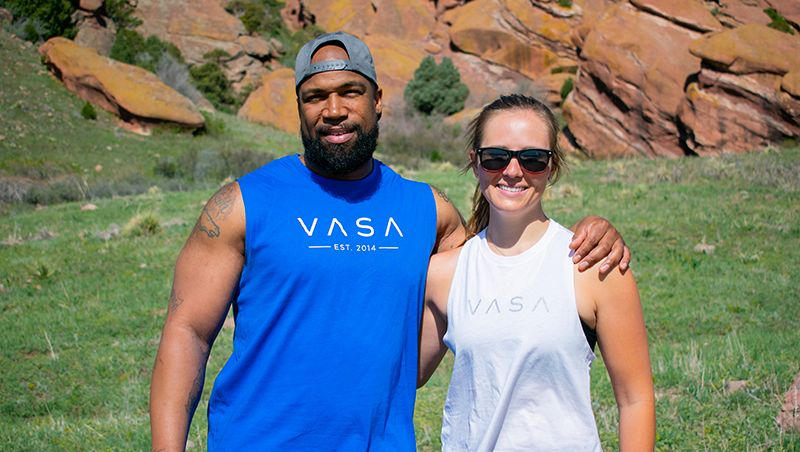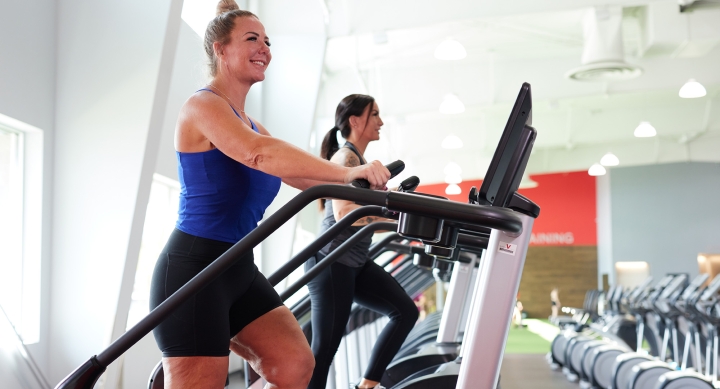Increase Your Intensity
“Tolerance” is a word you think of to describe your patience with an annoying coworker, resistance to a toxin like drugs or alcohol, or the ability to cope with stress. You might even think of religious tolerance of the leeway in variation from standard (if you are an engineer). Well, ‘tolerance’ has another definition that has to do with exercise and the change you are trying to achieve. You see, your body has a way of getting used to a routine. Repetitive behaviors, similar actions- they all encourage your body to build a ‘tolerance’ to whatever you are doing. If you follow the same workout day after day, you are bound to build a tolerance. The result? Stagnant progress, otherwise termed a plateau. In exercise physiology, we call this “adaptation.”
Adaptation is the reason we get stronger. It means the body can adjust to demand. But because the body adjusts, to keep improving strength gains, one must ensure that the demand is greater than what the body is accustomed to doing. This principle is known as “overload.” Overload determined by intensity, can be achieved in various ways:
- Increase resistance. Resistance refers to an opposing force. Weights, exercise bands, medicine balls, gravity, and anything that works against the working muscle can be considered resistance.
- Adjust speed. Depending on the activity, faster and slower speeds can both increase intensity. Faster speeds elicit power. Slower speeds target eccentric movements, elongating the muscle and increasing endurance.
- Manipulate time. Time refers to duration. Increase time could mean increased reps, increased sets, longer bouts of cardio exercise, or decreased resting periods. High intensity interval training (HIIT) is an effective way to manipulate time.
- Decrease points of contact. Any body part touching the floor is considered a point of contact. Decreasing these points forces you to incorporate balance as part of the exercise, which automatically recruits more muscle involvement. Examples of decreasing points of contact include standing on one leg or lifting one arm and/or one foot while in a plank. This technique is most obvious in abdominal exercises. Imagine a crunch- the intensity increases as you lift your head, shoulders and arms, and even one or both feet off the floor.
- Isolate left from right sides. By working one side at a time, the synergistic support is no longer there. Your core is forced to work harder when you work one side at a time because it must compensate for the lack of resistance on the other side.
- Perform multi-joint exercises. Any exercise that recruits more muscles than one is going to burn more calories and build double the strength.
- Use an incline or decline. Changing the angle of manipulation can target different muscle groups and make an exercise easier or harder. One example is doing a push-up. Performing a push-up with hands on a bench is a good way to modify for beginners. To increase the intensity, a push-up might be performed with feet higher than hands.
The techniques listed to increase intensity can be utilized with both cardiovascular activities and strength training exercises. It might be more obvious to cater these tips to muscle building exercises, but don’t be fooled! It is just as important to increase the intensity when training aerobically. Examples include: running with a parachute or resistance band; sprinting; using the interval or hill setting on cardio equipment; jump rope on one foot instead of two, or run instead of walk; consider swimming or cross-country skiing for more muscle involvement; and lastly, climb hills, stairs, or practice plyometric box jumping.
There are endless ways to increase your intensity and change up your exercise routine. Be consistent in exercise, but not consistent in how you exercise. Don’t let your body build a tolerance to your workouts. Practice overload and watch great things happen.
SUBSCRIBE TO OUR BLOG
Enter your email to start receiving our blog emails!
